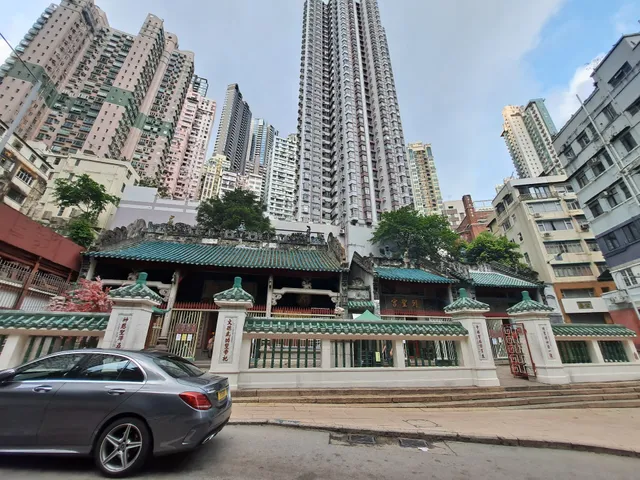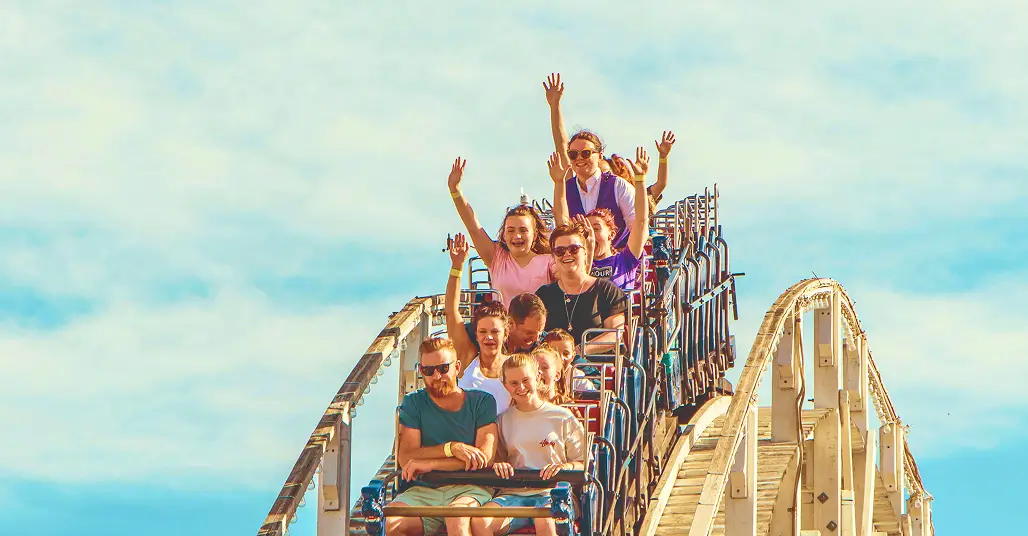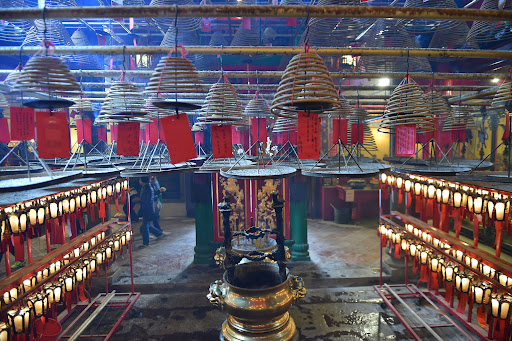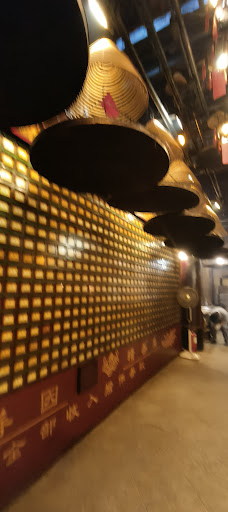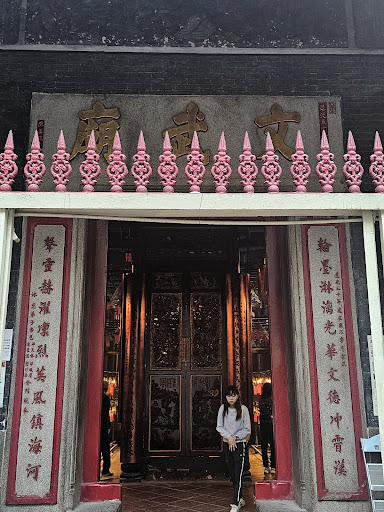Man Mo Temple things to do, attractions, restaurants, events info and trip planning
Basic Info
Man Mo Temple
Man Mo Temple, 124-130 Hollywood Rd, Sheung Wan, Hong Kong
4.3(2.9K)
Closed
Save
spot
spot
Ratings & Description
Info
Cultural
Accessibility
attractions: PMQ, Hong Kong Museum of Medical Sciences, Dr Sun Yat-sen Museum, Blake Garden, Upper Lascar Row Antique Street Market, Liang Yi Museum, Soho, Western Market, Tai Kwun, Caine Lane Garden, restaurants: Schragels Delicatessen, Dim Sum Square, Taqueria Super Macho, Pici Central, Ask for Alonzo (Central), Cupping Room - Sheung Wan, Kau Kee, 22 Ships, Ka Ho Restaurant, Dandy's Organic Cafe
 Learn more insights from Wanderboat AI.
Learn more insights from Wanderboat AI.Website
hongkongfuns.com
Open hoursSee all hours
Sat8 AM - 6 PMClosed
Plan your stay

Pet-friendly Hotels in Hong Kong
Find a cozy hotel nearby and make it a full experience.

Affordable Hotels in Hong Kong
Find a cozy hotel nearby and make it a full experience.
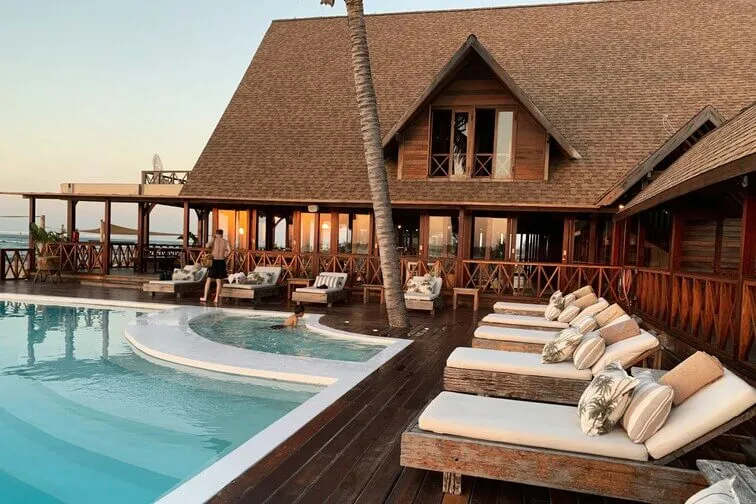
The Coolest Hotels You Haven't Heard Of (Yet)
Find a cozy hotel nearby and make it a full experience.
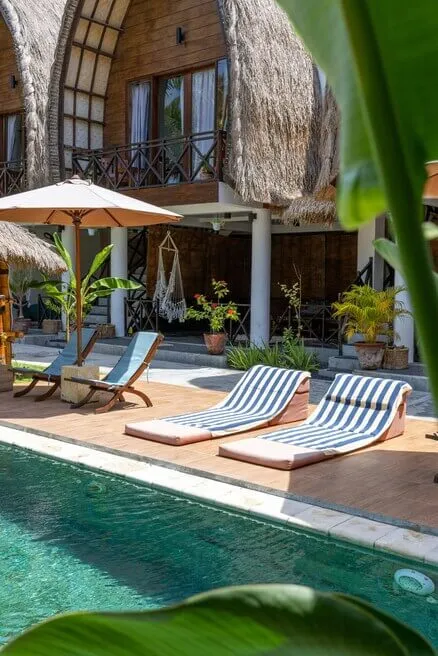
Trending Stays Worth the Hype in Hong Kong
Find a cozy hotel nearby and make it a full experience.
Reviews
Nearby attractions of Man Mo Temple
PMQ
Hong Kong Museum of Medical Sciences
Dr Sun Yat-sen Museum
Blake Garden
Upper Lascar Row Antique Street Market
Liang Yi Museum
Soho
Western Market
Tai Kwun
Caine Lane Garden
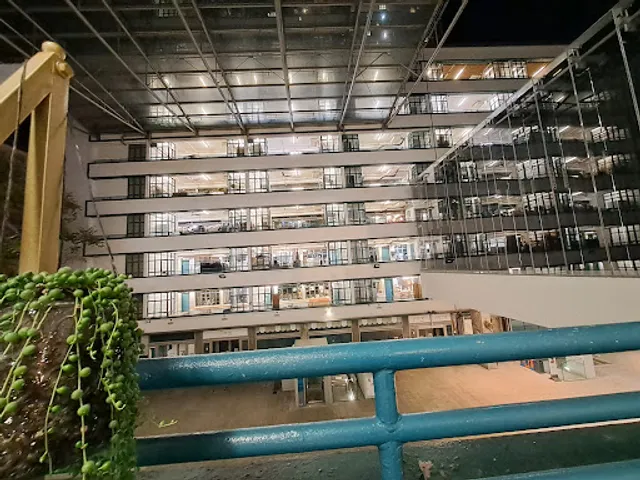
PMQ
4.2
(2.2K)
Open until 11:00 PM
Click for details
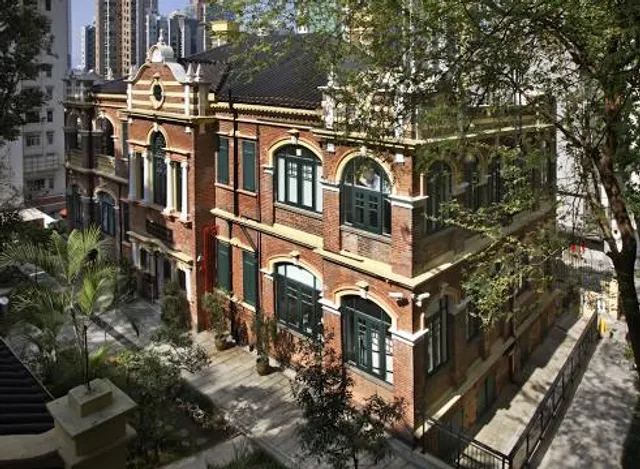
Hong Kong Museum of Medical Sciences
4.1
(456)
Closed
Click for details
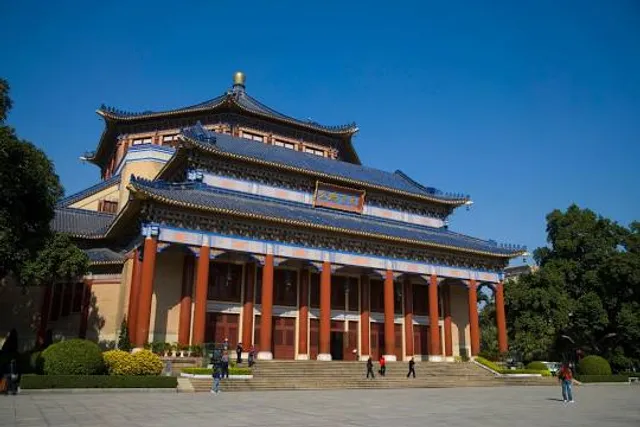
Dr Sun Yat-sen Museum
4.2
(866)
Open until 7:00 PM
Click for details
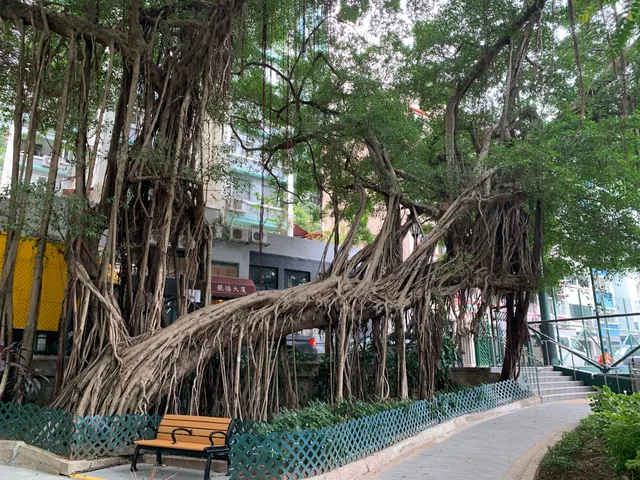
Blake Garden
4.0
(288)
Open until 10:00 PM
Click for details
Things to do nearby
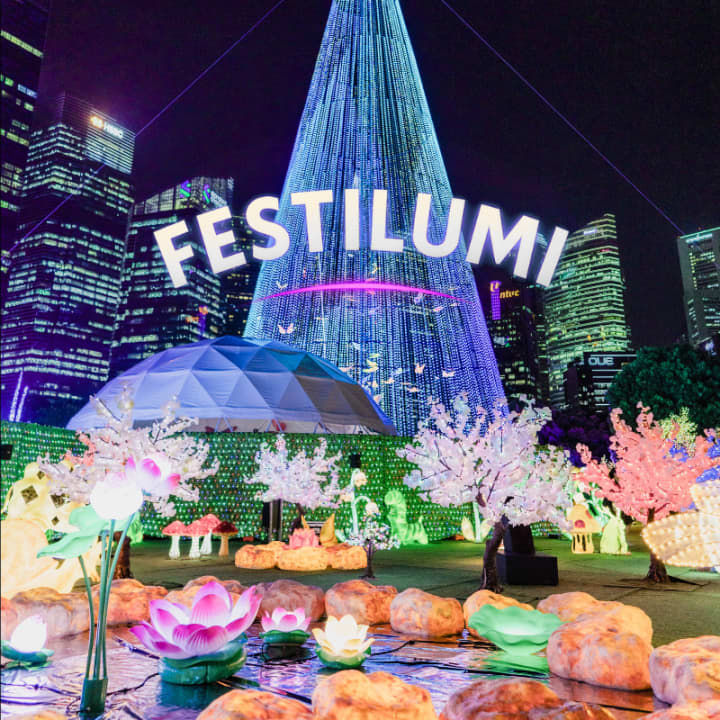
Festilumi - 香港
Sat, Jan 10 • 6:15 PM
3 Hung Hing Rd, Wan Chai, 00000
View details

Meditation Evenings with Phil Davies - Hong Kong
Wed, Jan 7 • 7:00 PM
Kinesiology Asia, 9/F Cheung Hing Commercial Bidg., Central, Hong Kong
View details
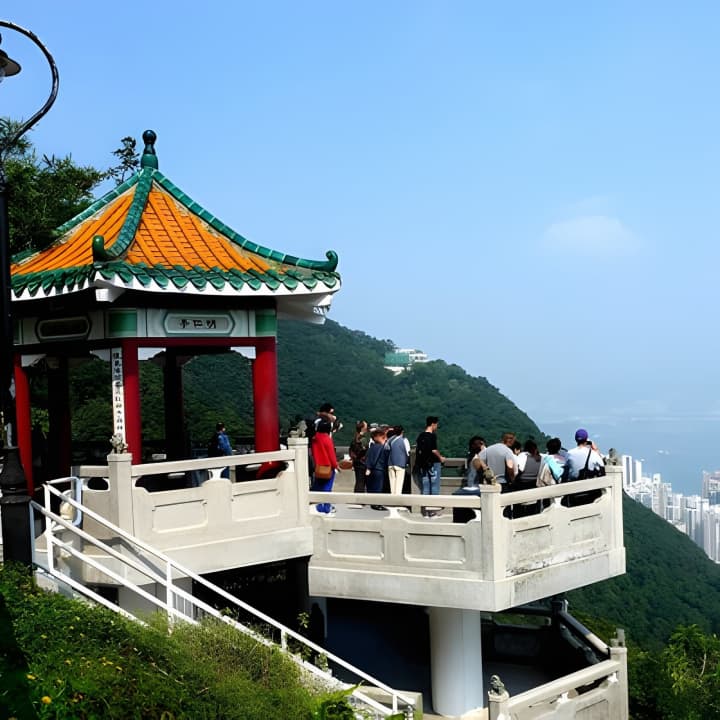
维多利亚山顶参加语音导览,经半山扶手电梯登上山顶
Sat, Jan 10 • 12:00 AM
中環租庇利街
View details
Nearby restaurants of Man Mo Temple
Schragels Delicatessen
Dim Sum Square
Taqueria Super Macho
Pici Central
Ask for Alonzo (Central)
Cupping Room - Sheung Wan
Kau Kee
22 Ships
Ka Ho Restaurant
Dandy's Organic Cafe
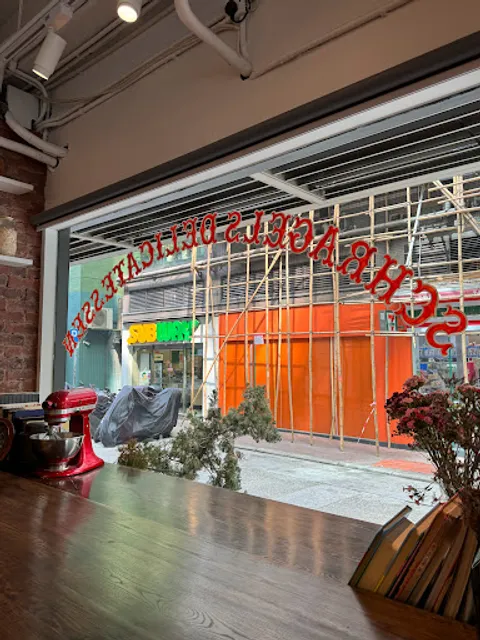
Schragels Delicatessen
4.9
(1.2K)
Click for details
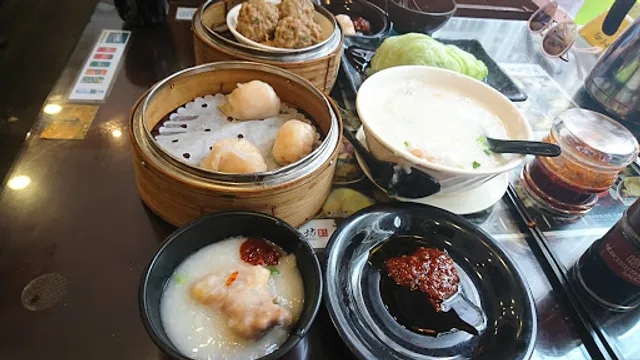
Dim Sum Square
4.0
(1.4K)
Click for details
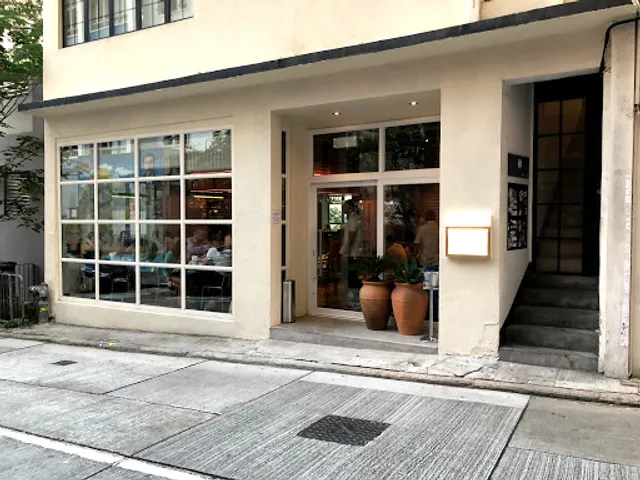
Taqueria Super Macho
4.4
(276)
Click for details
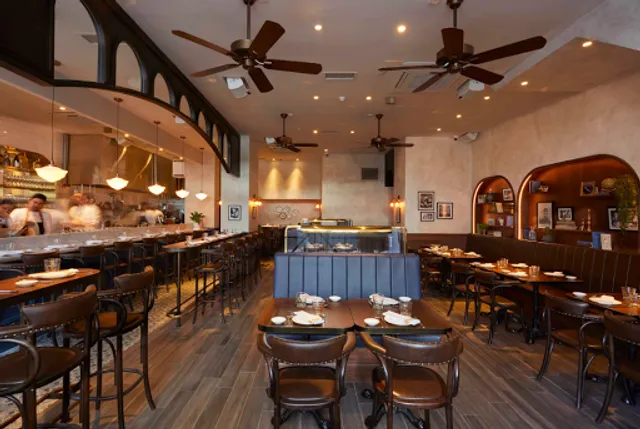
Pici Central
4.9
(3K)
$$
Click for details
